Design Summary

Shape/Configuration
by DiscoveryOne / Design Pane / 1The basic concept is that of a grow-as-you-go design for a space habitat, which could ultimately be used as a space-based transport. The design consists of a hub powered by maglev rotors, rotating an outer hub with guiding rails supporting wedges attached by cables, in a bycicle wheel manner (patent pending).
Read More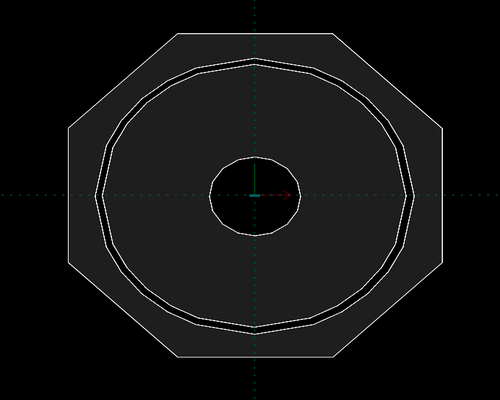
Central Hub
by DiscoveryOne / Design Pane / 2The hub is 10M+ in diameter, and 20M+ in height, with two maglev, linear induction rotors on either end. The frame of the hub is built like that of a submarine in order to handle buckling forces. The alternative design is to house the stators in the inner hub.
Read More
Maglev/Induction
by DiscoveryOne / Design Pane / 9Magnetic inductione with stators and rotors, is the preferred approach to power the rotation of the outer hub. The basic design is that of a set of LIMs or Linear Induction Motors. Linear is, in our design, not indicative of the direction of motion.
Read More
Guide Rails
by DiscoveryOne / Design Pane / 3The guide rails are placed on both ends of the outer hub, and are 1.5M+ in width. They are built like trusses, and are strengthened with cables. The outer end of the guiding rails is used for jettisoning unwanted cargo, through an elevator like shaft built within the guide rails. An elevator system may also be added to the guide rails.
Read More
Wedges
by DiscoveryOne / Design Pane / 3Each wedge is 17M+ in length, 5M+ in height and width. The wall of each wedge is made-up of 3D-molded carbon/plastic plating, and is covered with a thin layer of aluminium and silica foam. The frame is made of titanium. Docking doors are placed in the center of the wedge and are 2M+ in width. The sub floor of each wedge is 1M+ in height, and ceiling about 0.5M+ in height.
Read More![NASA [Public domain], via Wikimedia Commons](images/cmg-500x400.jpg)
Control Moment Gyros
by DiscoveryOne / Design Pane / 1The DiscoveryOne©® requires the aid of CMGs located in the hub for attitude control and stability. Three gyros are to be designed into the structure of the static inner hub. They will be synced to stabilize the hub. Since the inner hub does not rotate, spacecrafts, coming in for docking, do not have to rotate on their own axis.
Read More
Docking
by DiscoveryOne / Design Pane / 5A docking structure is added to either end of the hub. The docking area should not exceed 3M+ in diameter -- dimensions are derived from the geometry of the bicycle wheel cable design. Most docking assemblies are extensible and are able to form walkways and guardrails. Their covering is made up of layers of UHMWPE (kevlar, dyneema, or linar), titanium woven wire meshes, and thermal linen.
Read More
Control Center
by DiscoveryOne / Design Pane / 4The control center is located in the hub, attached to the center bulkhead, of what would be considered in space, the floor of the hub. Console areas are made of touch panels, and are liguid-proof along with the OLED screens. Status of all on-board systems, including the status of all systems on every wedge is relayed to the center hub, and displayed on status screens. Audio and video streams are relayed to each wedge from the center hub.
Read More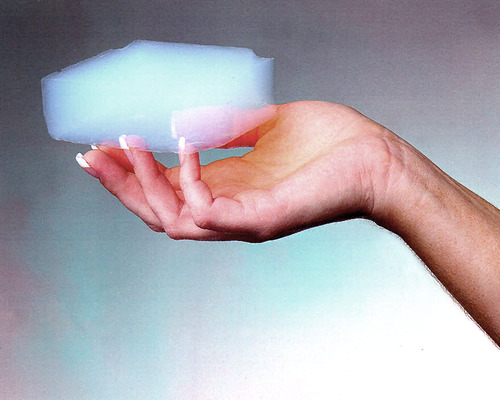
Foam & Coatings
by DiscoveryOne / Design Pane / 7The entire frame is coated with a layer of silica areogel. Battery casings and carbon-fiber electrical conduits are filled with foam areogel to prevent electrical fires. Aerogel panels are used between each wedge's interior and the frame for sound and thermal proofing.
Read More
Interior/Furniture
by DiscoveryOne / Design Pane / 10All the interior surfaces are covered with carbon-fiber paneling. The furniture is made of aerogel blocks wrapped by thin carbon fiber panels (patent pending). Support structures made of carbon fiber trusses are used for furniture anchors and are collapsible and tuckable.
Read More
Seatings
by DiscoveryOne / Design Pane / 11Seats come in several varieties, simple fixed ones, with a hard bench-like surface for the dining area. Cushioned seats are used in the multimedia wedge. Cushioned seats and beds are used in the private quarter wedge. Bamboo linen is used for seat and bed coverings, and down duvet is used for filling and cushioning material.
Read More
Power Generation
by DiscoveryOne / Design Pane / 13Fuel cells are used to provide electrical power for onboard devices and machinery. Solar concentrators are used for additional power and to recharge batteries. Some power will also be extracted from the spinning gyros onboard the hub. The use of our π generator may also be included.
Read More
Bioreactors
by DiscoveryOne / Design Pane / 8Bio-reactors are used for most of the onboard life pathways. For the hydroponics wedge, the sodium hydroxide pathway may be used for oxygen production and heat, if it can be turned into a closed loop system.
Read More
CO2 Scrubbing
by DiscoveryOne / Design Pane / 15The space shuttle closed loop lithium hydroxide scrubber is used. The sodium hydroxide path may be used, if a closed loop path can be engineered.
Read More
Oxygen Production
by DiscoveryOne / Design Pane / 14Algae bioreactors are used to produce oxygen. The excess of oxygen is used to soak canisters of an oxygen soaking substance. These canisters are kept for backup oxygen, and for the space pods. The backup canisters are slowly re-heated to extract the oxygen required for a given number of persons.
Read More
Food and Water
by DiscoveryOne / Design Pane / 15Astronauts ration is used for food. Additonal food may be provided by bio-reactors and the hydroponics wedge. Some of the food rations are micro-wavable
Read More
Body Cleaning
by DiscoveryOne / Design Pane / 13Alcohol-laced tissues are used for body cleaning.
Read More
Garbage Disposal
by DiscoveryOne / Design Pane / 13Bio-reactors are used for garbage disposal of anything made of cellulose fiber. Human excreta are fed to bio-reactors to generate alcohol, and other useful by-products.
Read More
Recycling
by DiscoveryOne / Design Pane / 1Recycling of any on-board may be impossible; therefore, the use a plasma-burner fed by peroxyde, located between bulkheads on the center hub is the approach selected for disposal on substances and material that cannot be processed by chemical or biological reactors.
Read More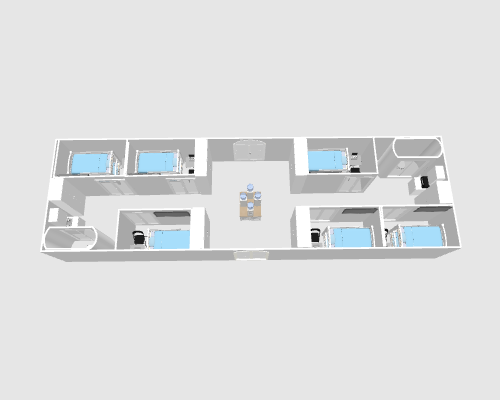
Private Quarters
by DiscoveryOne / Design Pane / 12Private quarters wedges can house up to 10-12 people double-bunk. The wedge is self sustaining, producing its own energy and recycling almost everything with the help of bio-reactors.
Read More
Exercise Wedge
by DiscoveryOne / Design Pane / 12Exercise wedges can possibly house three sets of threadmills and rowing machines. They also have enough space for more than one lavatory.
Read More
Kitchen/Dining Wedge
by DiscoveryOne / Design Pane / 12Dining wedges can possibly have enough sitting room for 50+ people at a time. Microwave stations, coffee stations, and food ration stores are at either end, and in the center of the wedge.
Read More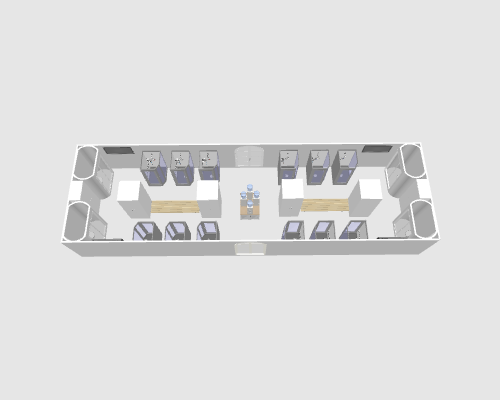
Shower Wedge
by DiscoveryOne / Design Pane / 12The shower wedges are used for the sole purpose of providing private shower stalls for full body cleansing. Fans are used to pull the alcohol emanating from the toweletttes into a bio-reactor. They also have enough space for several lavatories.
Read More
Hydroponics Wedge
by DiscoveryOne / Design Pane / 12Hydroponic wedges could possibly be used to grow additional food with the aid of bio-reactors. The food may be lentils, lettuces, tomatoes, potatoes, etc.. This wedge is also self-sustaining, able to produce its own energy, and recycle CO2 exhaled by plants. The sodium hydroxide pathway may be used for heat production.
Read More
Multimedia Wedge
by DiscoveryOne / Design Pane / 12The wedges used for relaxation and leisure are essentially powered by video and audio streams. The video section is essentially a small omnimax or home basement type cinema. The audio section have cushioned reclining chairs, and provides audio streams and magazines.
Read More
Box
by DiscoveryOne / Design Pane / 3The box is used to enclose the hub and the rotating set of wedges. Its dimensions are approximately 25M to 50M+. Walkways, stairs, ladders, elevators, and docking areas for space pods, are designed into the available space of the box. Alternative designs may consist of a box-less set of wheels with wedges dangling by winch cables.
Read More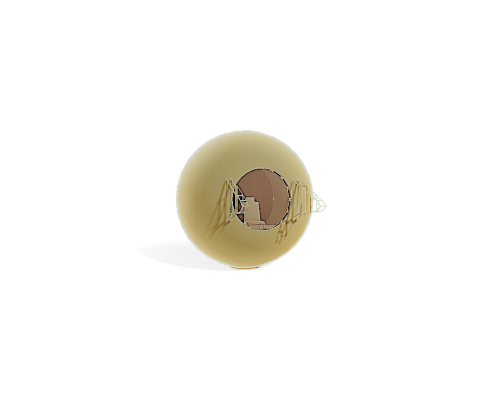
Space Pod
by DiscoveryOne / Design Pane / 3The space pod is a spherical spacecraft used to handle cargo, assemble structures such as trusses and wedges, and to effect repairs. It has a titanium frame with grappling arms, which are able to handle a set of tools. The space pod is powered by pure peroxyde jets, and may use some other form of propulsion. It has enough internal space to act as a stand-alone spacecraft.
Read More
Skyhook
by DiscoveryOne / Design Pane / 6DiscoveryOne as SkyHook consists of 3 sections, 125MT+ hunks of metal. The center section is the rotator around which the hoists are deployed using centripetal force. The outer sections are non-rotating contrary to the Discovery as spaceship. All three sections are 10M+ in diameter and have at least 7M+ diameter of internal space.
Read More
Hoists
by DiscoveryOne / Design Pane / 6The bicycle wheel aproach is also used, in attaching two hoists on either side of the linear motor powered rotor section. The idea is to reduce the attitude and altitude variations inherent in a rotating skyhook. The rotor anchor points are made mostly of tungsten. Extension modules at every 50KM, and decreasing-strength cable trusses starting from the rotor.
Read More
Sphere
by DiscoveryOne / Design Pane / 6The sphere is a Buckminster geodesic dome used to enclose a set of two boxes. It is a Clinton/Goldberg polyhedron, with reflectional symmetry, allowing for two docking stations at the poles and four at the equator. The two at the poles access the elevators located between the wheels. Two at the equator are attached to both ends of the hub.
Read More